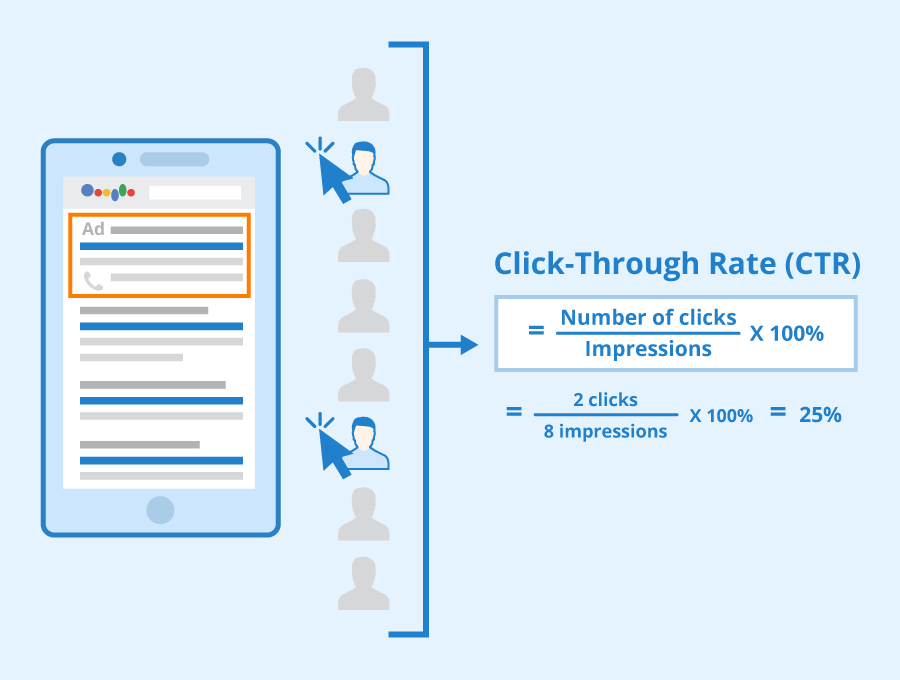Web stories have become a popular format for sharing content online, and they offer an engaging way to promote your products or services to your target audience. If you're looking to monetize your web stories, Google AdSense offers an excellent opportunity to earn money from your content by displaying targeted ads to your readers. In this article, we'll go over how to get Google ads on your web story and best practices for maximizing your revenue.
Step 1: Sign up for Google AdSense
The first step to getting Google ads on your web story is to sign up for Google AdSense. AdSense is a program that allows website owners and creators to display ads on their website or web stories and earn money when users click on the ads or view them. To sign up for AdSense, you'll need to have a Google account and a website or web story that complies with the AdSense program policies. Once you have an AdSense account, you can generate ad code to place on your web story.
Step 2: Add the AdSense code to your web story
Once you have an AdSense account, the next step is to add the AdSense code to your web story. This involves copying and pasting the ad code into your web story's HTML. You can place the code in various parts of your web story, including the header, footer, or between the content. Google recommends placing the code in the header or footer of your web story for optimal visibility.
Step 3: Customize your ads
Google AdSense offers various customization options to ensure that your ads are displayed in a way that fits your web story's design and aesthetic. You can choose from different ad formats, sizes, and colors, and you can also create custom channels to track the performance of specific ad units. To customize your ads, log in to your AdSense account and navigate to the "My ads" section. From there, you can create new ad units and customize the settings to fit your preferences.
Step 4: Monitor your ad performance
After you've added AdSense code to your web story and customized your ads, it's essential to monitor your ad performance to ensure that you're earning maximum revenue. AdSense provides detailed reports on ad performance, including the number of clicks and impressions, click-through rate (CTR), and revenue generated. You can use this information to optimize your ad placements, formats, and other settings to maximize your earnings.
Best practices for getting Google ads on your web story
Here are some best practices for getting Google ads on your web story:
.Follow AdSense policies: Make sure that your web story complies with AdSense program policies to avoid getting your account suspended or terminated. AdSense has strict policies regarding the type of content that can be monetized, so make sure to review the policies carefully before applying.
.Use a mobile-friendly design: Web stories are typically viewed on mobile devices, so it's essential to create a design that's mobile-friendly and responsive. Use a design that looks great on small screens and loads quickly to avoid losing readers.
.Place ads strategically: Place your ads in a way that's visible but not intrusive. Avoid placing too many ads, which can turn off readers and affect your revenue. Use Google's recommended ad placements for web stories to ensure that your ads are displayed effectively.
.Optimize for performance: Test different ad formats, sizes, and placements to find what works best for your web story. Monitor your ad performance and make changes as necessary to maximize your earnings.
Conclusion
Getting Google ads on your web story is a great way to monetize your content and earn revenue from your audience. By following the steps outlined in this article and implementing best practices, you can optimize your web story for ad revenue and maximize your earnings.






